
AI in science, Quarto, biodiversity, changed grant titles, new papers &

AI in science, Quarto, biodiversity, changed grant titles, new papers &
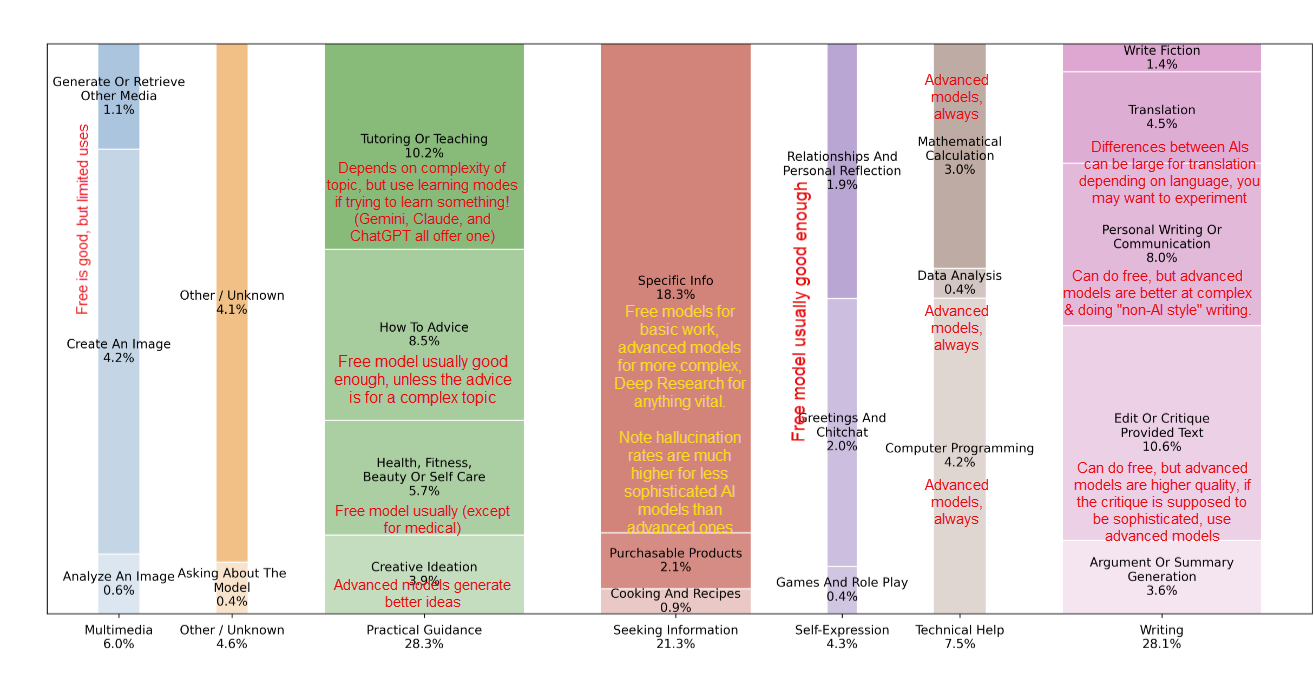
Polyglot data science pipeline (R+Python+Julia) with rixpress, EuroBioC2025/BCN, Python packaging for R devs, Python in 2025, R/Pharma, DARPA, ASHG, the R Data Scientist, Quarto, universities and AI
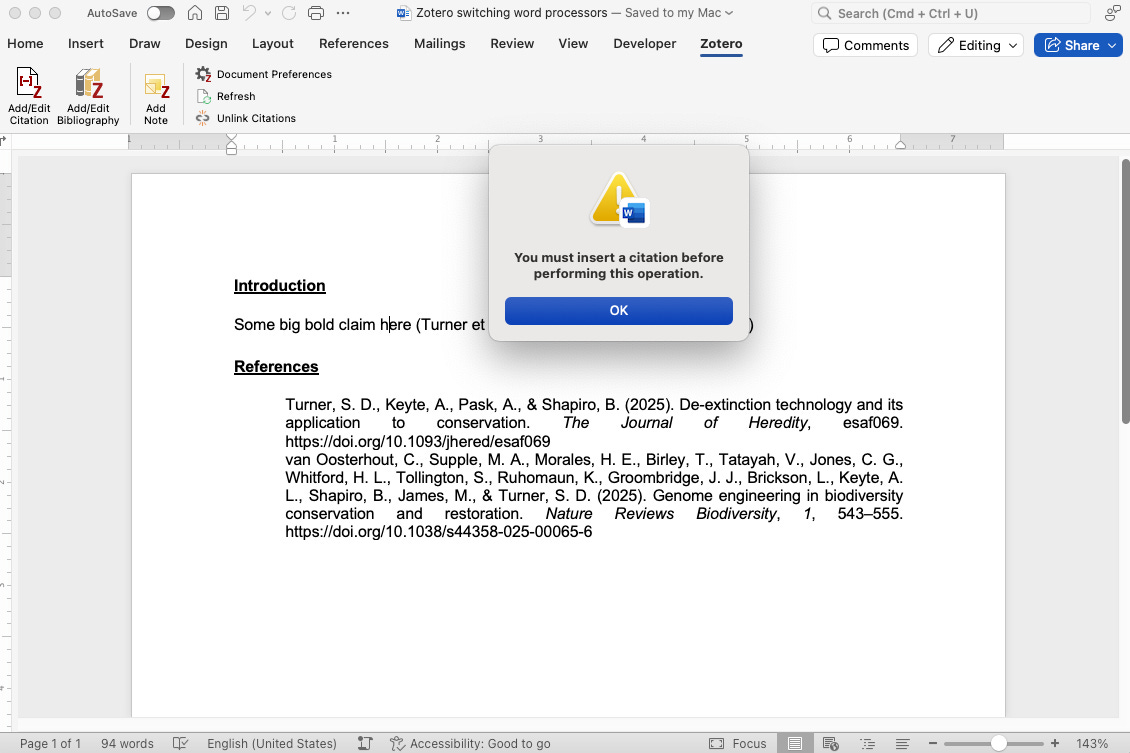
Moving from Google Docs to Word will break your Zotero citations/bibliography linkages unless you do this first.
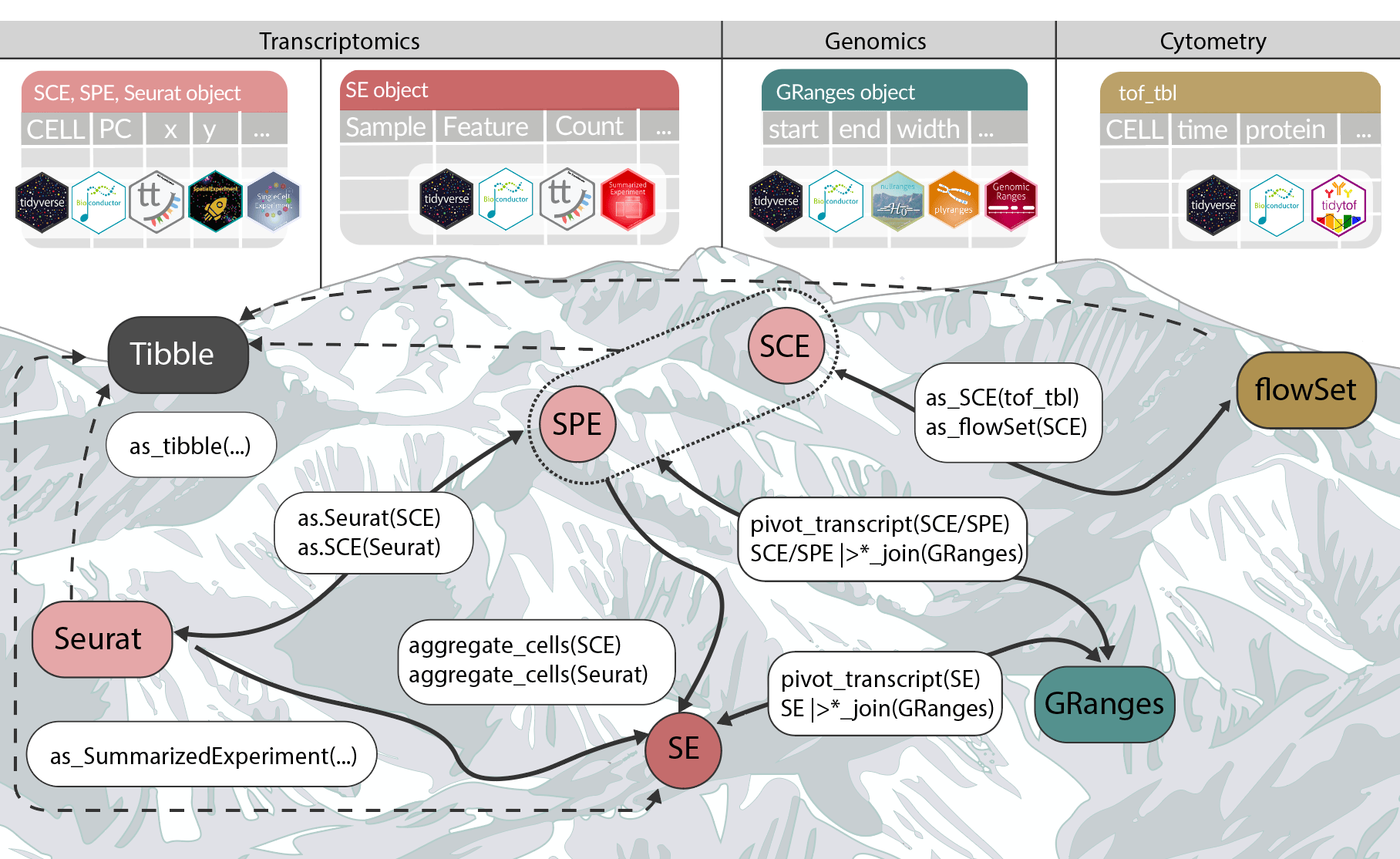
Bioconductor on GPUs, tidyomics, Quarto 1.8, Anthropic red-teaming on AIxBio, PGS in the clinic, Shock Doctrine in genome engineering, GenAI for data viz with R, Datapalooza, 4 compact rejections
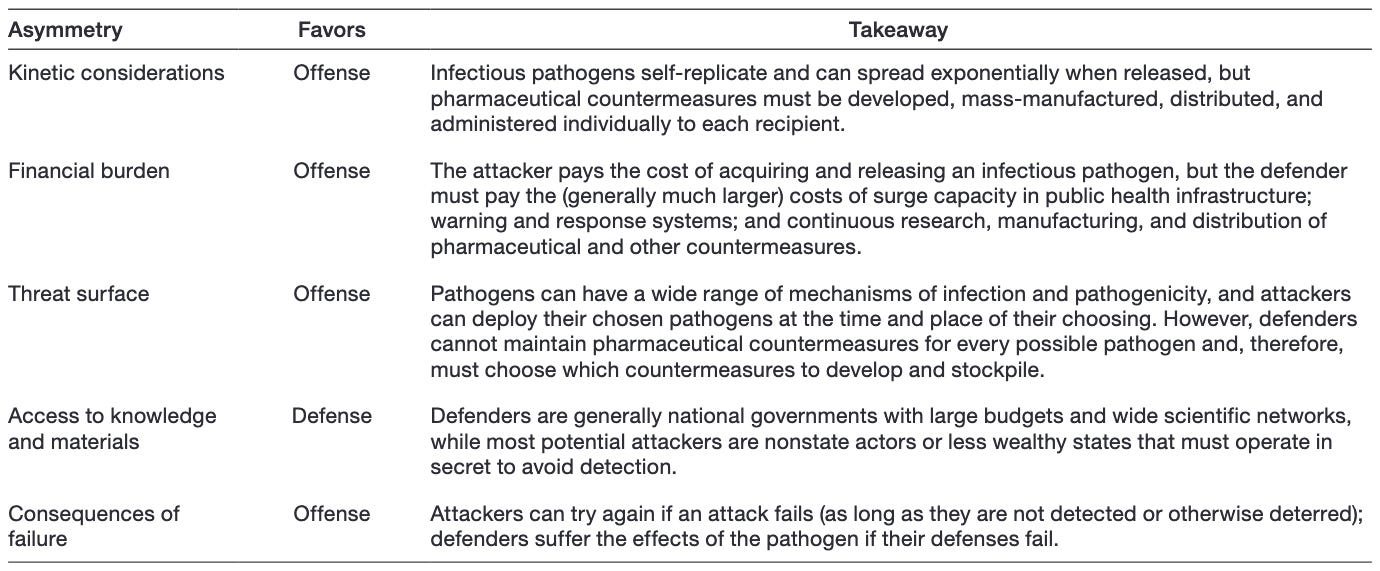
RAND Report: Why biology still favors the offense in biosecurity
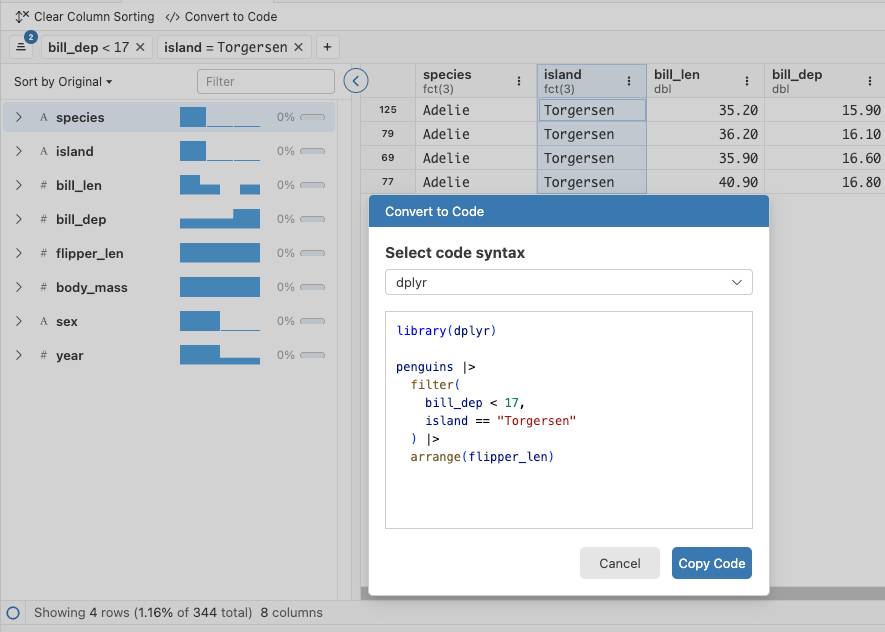
Positron allows you to export dplyr/SQL code for actions you take in the data explorer (like sorting and filtering)
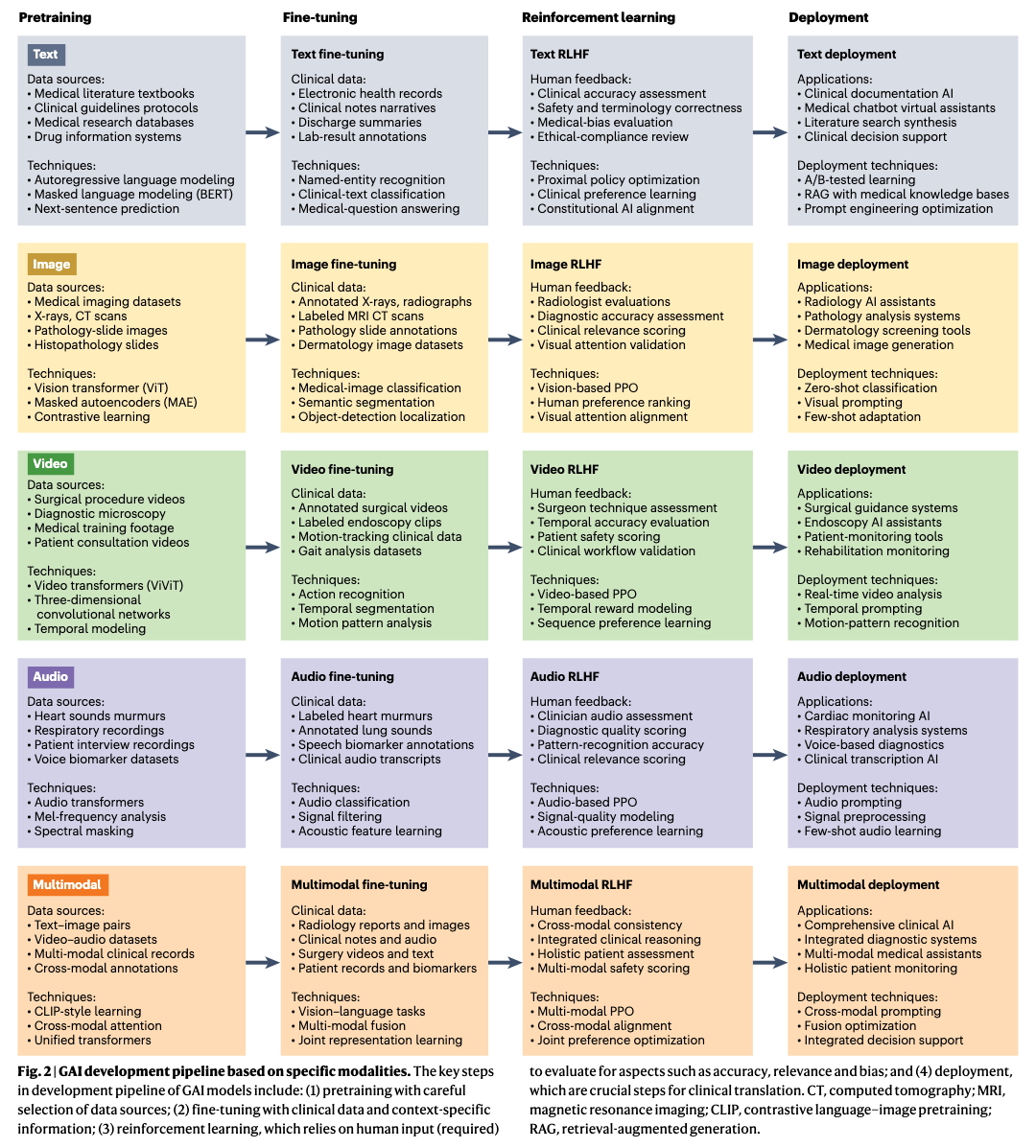
AI x biosecurity, R updates (Blaze, RWeekly, R Consortium), genome engineering & conservation, AI &
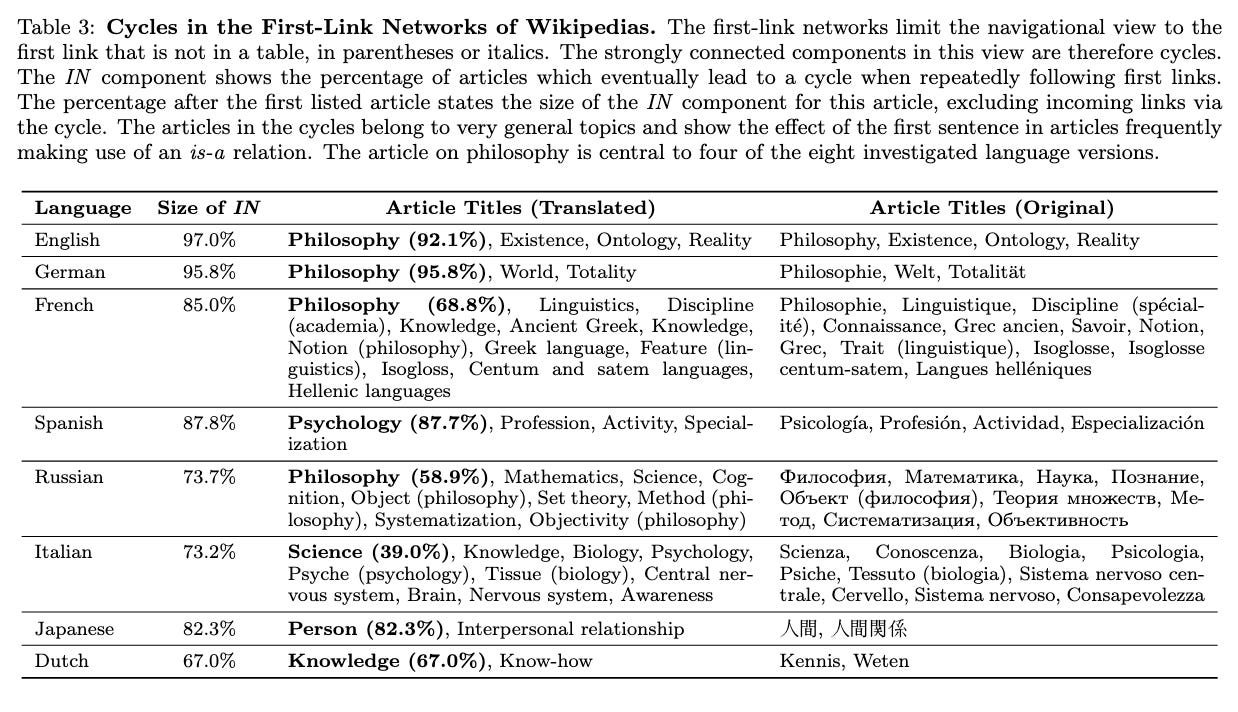
Successively clicking the first link in a Wikipedia article almost always leads to Philosophy
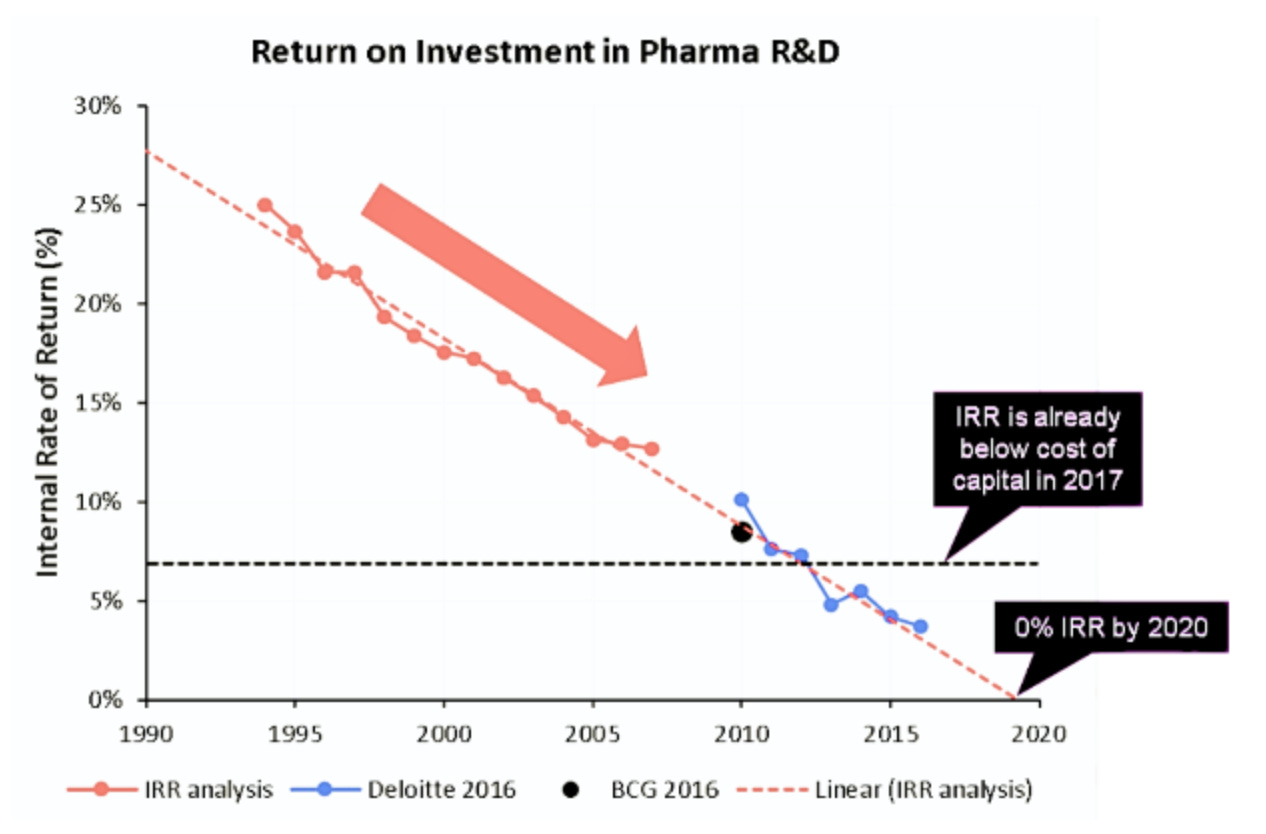
R updates (from rOpenSci, Blaze, R Works, RWeekly, Posit), Slidecrafting, AI highs &
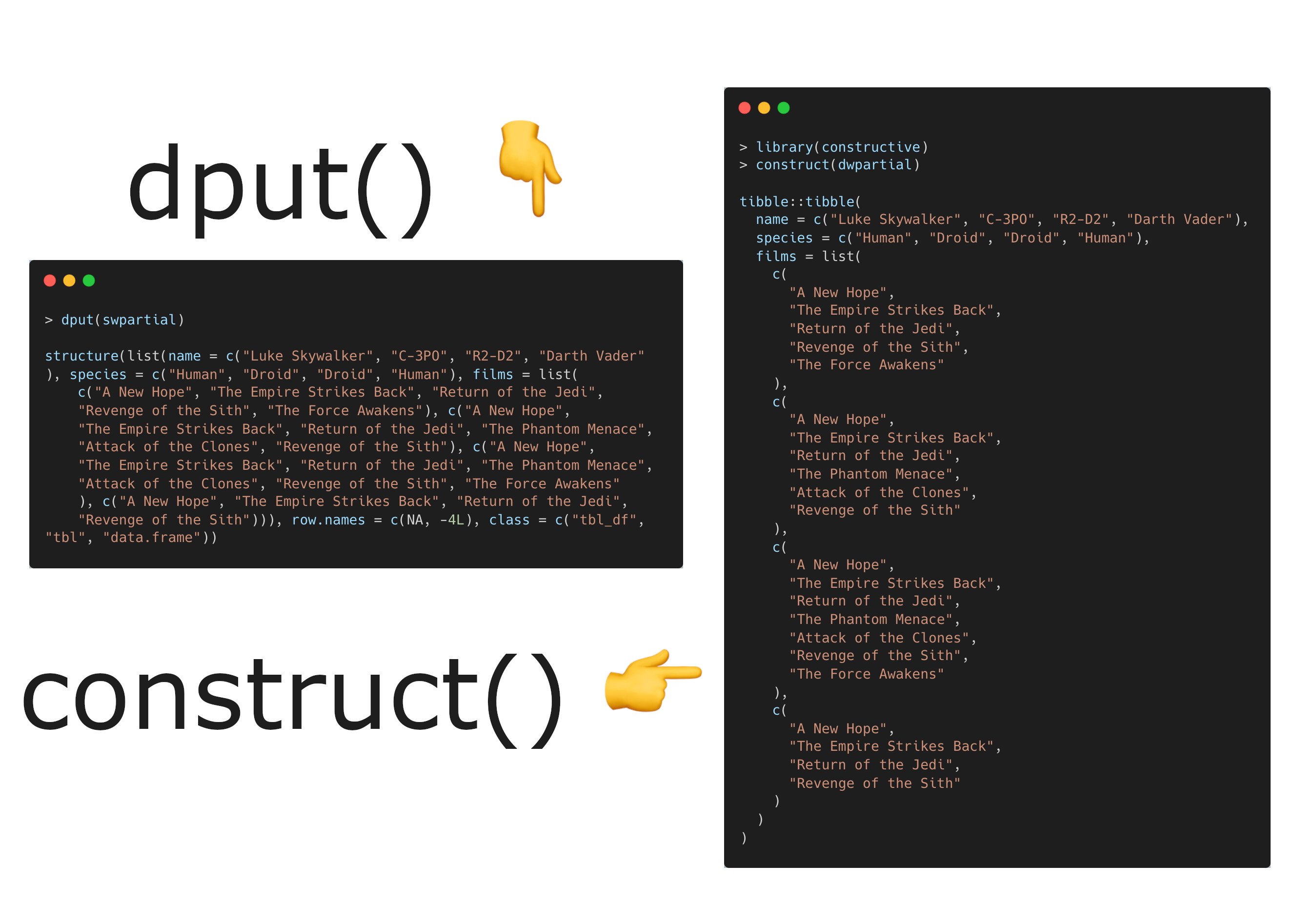
Use the constructive package instead of dput() to construct R objects with idiomatic R code for human-readable reproducible examples